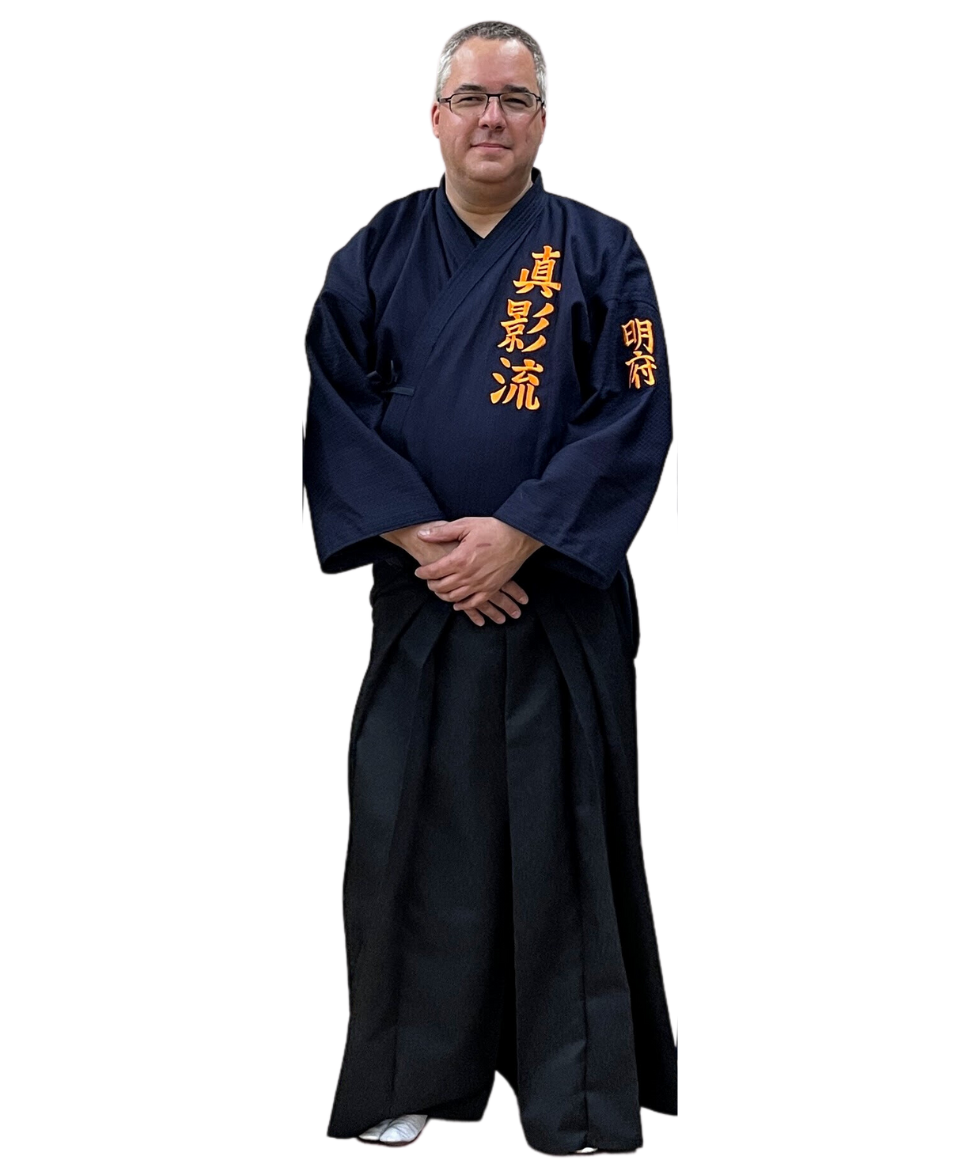TOYAMA-RYU
NIHON-DEN KOBU-DŌ BUSHIN KAI
Table of Contents
Toyama Ryu
Toyama Ryū is a modern Japanese swordsmanship school developed in 1925 at the Toyama Military Academy in Tokyo. It combines traditional samurai techniques with practical military applications, originally designed to quickly train officers in close-quarter combat. After the academy’s closure in 1945, advanced instructors expanded and formalized the curriculum, emphasizing effective, elegant, and precise sword techniques with influences from Shinkage Ryū. The school includes various disciplines such as cutting practice, iai, kenjutsu, spear techniques, bayonet fighting, and free sparring.
- Origin: Developed in 1925 at Rikugun Toyama Gakko (Toyama Military Academy), Tokyo, Japan.
- Purpose: Practical sword techniques for Japanese Imperial Army officers in real combat.
- Founders and Key Figures: Committee of top sword masters including Nakayama Hakudo, Sasaburō Takano; later instructors Morinaga Kiyōshi, Yamaguchi Yūki, Nakamura Taizaburo.
- Curriculum: Includes Suburi, Battō-jutsu, Iai Kata, Ken-jutsu, Tameshigiri (test cutting), Sō-jutsu (spear), Jūken-jutsu (bayonet), and free sparring.
- Characteristics: Emphasis on fluid, natural movements with precision cutting angles (Tōsuji and Hasuji), combining effectiveness and elegance.
- Legacy: Continued by successive headmasters like Minowa Hitoshi and Mukaida Takeshi, maintaining tradition through demonstrations and annual festivals in Seki City, a major sword-making center.

